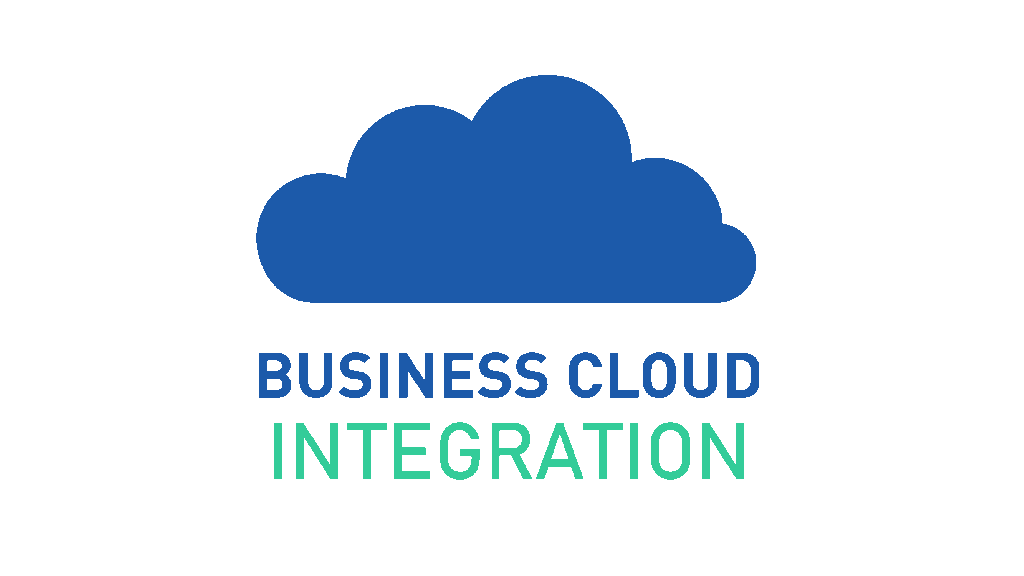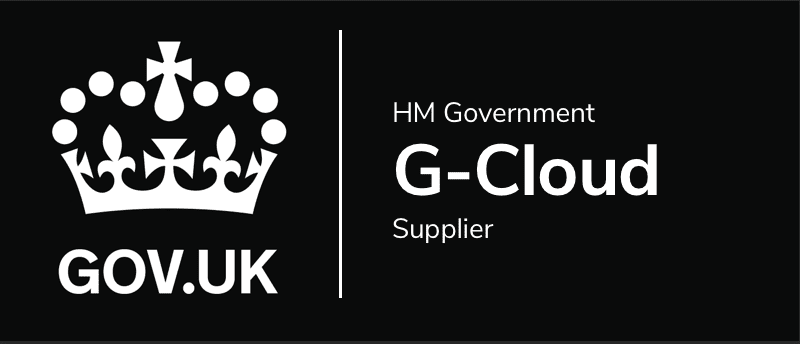The global shift to working from home or ‘remote working’ following COVID-19 has presented several key challenges for businesses, many of which were created from issues such as difficulties with communication and the disruption to daily communal activities. Employee engagement does not only affect how active employees are in their jobs but also socially with their colleagues and teammates alike. When teams suffer from this lack of human interaction due to remote working, it is the leaders who are being tasked with maintaining high employee engagement, something which is needed now more than ever before. This has led to a lot of adjustments needing to be made and subsequently, adopted, in order for businesses to carry on in this new world.
With this in mind, there has been several key trends which organisations have identified in 2021, helping to maintain a level of employee productivity and engagement. These new trends have brought about a new way of functioning and with it comes some valuable lessons on how to boost employee engagement, something that is very important to not be forgotten in this ‘new world’.
Therefore in 2021, companies need to create a strong focus on forming a supportive working-from home culture, as opposed to the previous focus on an in-office philosophy, due to the fact many companies have spent the greater part of a year working virtually and despite what happens in the future regarding the COVID19 vaccine, many businesses are making longer-term virtual plans. In fact, according to a study by Gartner, 74% of leaders plan to move some of their employees to remote work permanently.
At the outset of the pandemic, senior management who did not have remote working measures in place previously had to find a way to manage their team’s performance from home. Popular online methods used included daily team meetings and frequent 1-1 check-ins. These frequent check-ins gave the employees the opportunity to receive constant feedback and increased communication between themselves and management, allowing issues and concerns to be raised whilst granting more time to easily foresee or solve them. Commitment from the top, to implement such a supportive management approach, has proven to be helpful to all. In fact, research shows that high performing teams have a praise to criticism ratio of 5:1, meaning they give each other 5 times more positive feedback than criticism.
Praising employees keeps them engaged; the feeling of being dependable releases oxytocin in the body, making people more enthusiastic, productive, and consistent, so go ahead and praise your employees! Research has shown that employees with better wellbeing are not only more likely to have better health and less stress and anxiety but are also more likely to perform better with less chance of burnout and have a stronger loyalty to the company.
The Management team in your company needs to make sure that work fits into your employees’ lives and not the other way around. It is essential that the business pays attention to factors that impact employees outside of work. Recommended resolutions include childcare facilities, pet friendly areas, parental leave, and mental health days. When employees feel that their personal needs are valued by management and have all the resources that they might require, their emotional relationship to the organisation is improved and with that, they are more likely to stay on.






